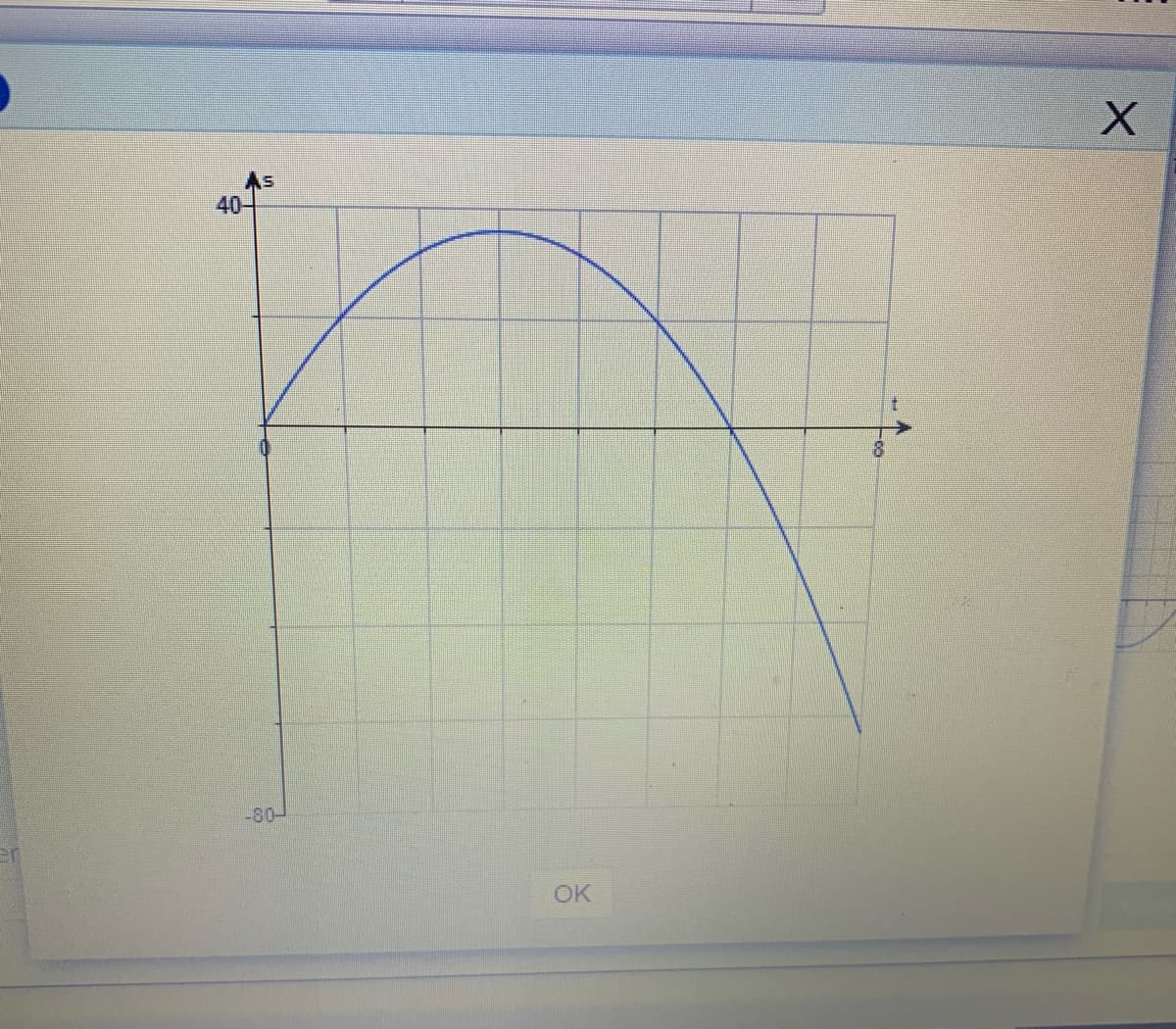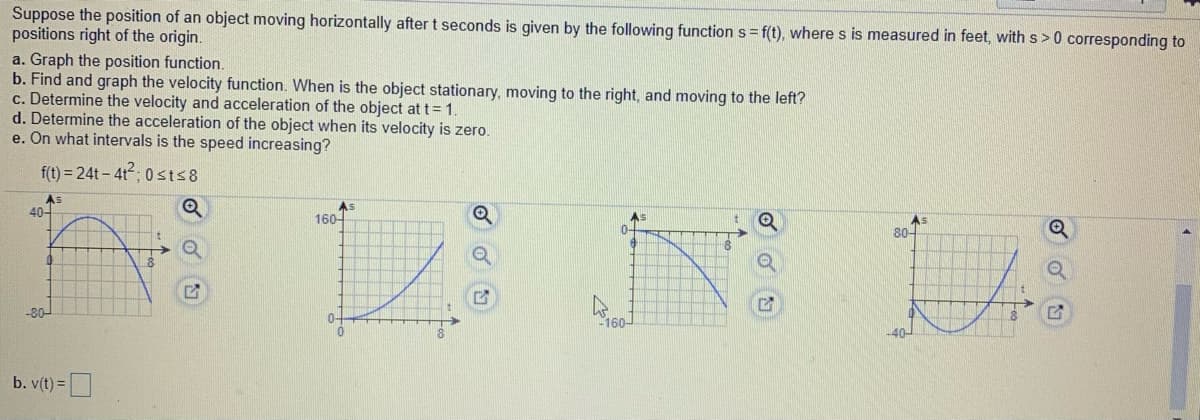Suppose the position of an object moving horizontally after t seconds is given by the following function s = f(t), where s is measured in feet, with s> 0 corresponding to positions right of the origin. a. Graph the position function. b. Find and graph the velocity function. When is the object stationary, moving to the right, and moving to the left? c. Determine the velocity and acceleration of the object at t=1. d. Determine the acceleration of the object when its velocity is zero. e. On what intervals is the speed increasing? f(t) = 24t- 4t; 0sts8
Permutations and Combinations
If there are 5 dishes, they can be relished in any order at a time. In permutation, it should be in a particular order. In combination, the order does not matter. Take 3 letters a, b, and c. The possible ways of pairing any two letters are ab, bc, ac, ba, cb and ca. It is in a particular order. So, this can be called the permutation of a, b, and c. But if the order does not matter then ab is the same as ba. Similarly, bc is the same as cb and ac is the same as ca. Here the list has ab, bc, and ac alone. This can be called the combination of a, b, and c.
Counting Theory
The fundamental counting principle is a rule that is used to count the total number of possible outcomes in a given situation.


Trending now
This is a popular solution!
Step by step
Solved in 4 steps


